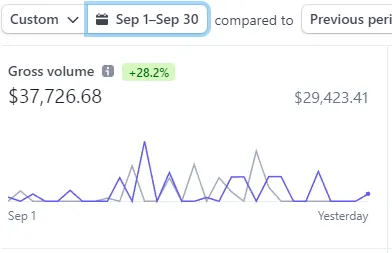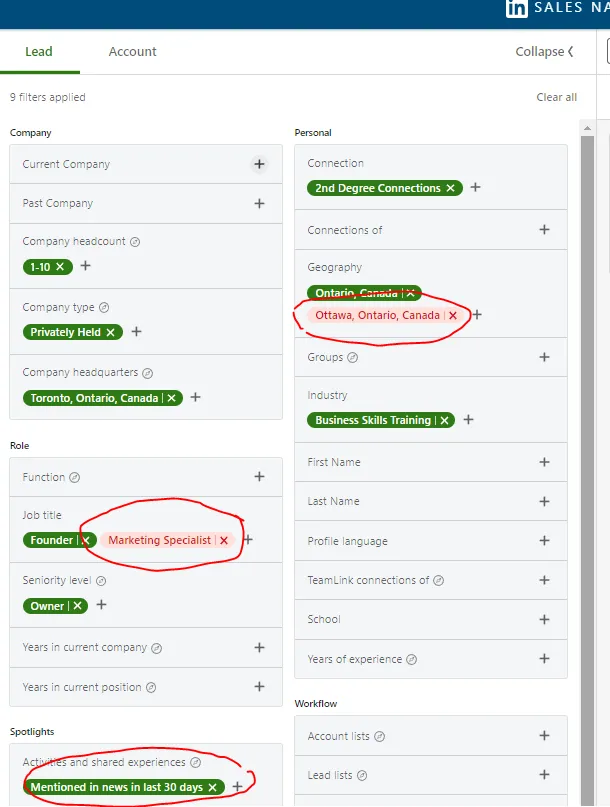The pandemic was a blessing in disguise

It wasn’t quite my worst nightmare, but. . . it wasn’t too far off.
My wife was pregnant with our second child and a global pandemic was raging when I found out I was getting laid off from my recruiting job. Needless to say, my back was against the wall.
Long story short, after a lot of blood, sweat, and tears, I’m now the proud owner of a thriving 5-figure per month online business.
How did I do it (and how can you do the same, just. . . hopefully without the unemployment part)?
In a nutshell, I used the law of leverage.
Leverage is all about working smarter, not harder.
With the right leverage, . Especially as a business owner, it’s about becoming a multiplication sign in your own life so you get disproportionate results for your time and effort.
Naval Ravikant — entrepreneur and investor
There are 4 types of leverage:- labour
- capital
- code
- media.
Labour and capital are permissioned leverage, i.e. you need someone to choose to work for you or to give you money.
Code and media, however, are permissionless leverage. This means you need permission from exactly no one in order to use technology or social media. It’s all~ you, my friend.
This is exactly how I ultimately built my business by leveraging smart online tools. If you too would like to build a five-figure-a-month online business in the next 90 days, here are the online tools you can use (plus the order to use them in) to get disproportionate results for your time and effort.
[Days 0–30] Investigation 🔗
First things first, you need to start by understanding what your customers want. Entrepreneurs actually get this wrong all the time — and there’s nothing more frustrating than working hard to build a business, only to go out and sell nothing because people don’t actually want what you’re selling.
To avoid that extremely painful outcome, you can leverage online tools like SpyFu, Answer the Public, and Google Trends to “listen” to the market. By listening, you can uncover massive problems that others will pay you their hard-earned dollars to solve.
Google Trends: This is a simple tool to understand the search volumes of keywords. Basically, the more often a keyword comes up, the more people have a need around this area.

SpyFu: As far as tools go, SpyFu is pretty cool — it lets you spy on your competition to see what’s already working marketing-wise for someone in your space. And if there’s no one to spy on? You should probably let your idea go; you always want to have competitors because that means somehow, somewhere, something is working in that market.
Answer The Public: This helps you understand the types of questions real people are typing into google about a specific topic, which ultimately helps you understand what problems people need to be solved for them.
Outcome — You can now define the exact problem you are solving, who the solution is for and why they should buy from you.
[Days 30–60] Testing 🔗
You asked; the market answered. Now it’s time to test the research-based assumptions you have with other smart tools that help you speak to living, breathing humans about your new offer.
Canva: Use this very user-friendly platform to craft a genuinely helpful lead magnet that also describes your solution to the problem your ideal customers have.
Sales Navigator & Meet Alfred: This tool is absolutely invaluable for putting your offer in front of ideal clients at scale. You can search for your ideal clients on with LinkedIn Sales Navigator and use MeetAlfred to send a series of messages sharing your lead magnet and offer.

Calendly: Once you’re actively reaching out to ideal prospects, Calendly makes it simple for you to share your calendar with prospects, who can then book calls at their convenience. (Plus, it makes you look professional.)
Outcome — You have now validated your assumptions with real customers, you now know how to generate leads and sales.

[Days 60–90] Iterate and scale 🔗
At this point, if you’ve listened to the market, sold your offer, and served ideal clients, you’re ready to use smart tools and strategies to make your offer even more compelling and generate more revenue.
Social Media: Create content across Facebook, LinkedIn, TikTok, and Instagram to put your offer in front of even more prospects.
Joint venture partnerships: Find other businesses that serve the same customers as you but offer a different service. For example, if you are a website designer, partner with a business coach who works with small business owners. You can use LinkedIn and MeetAlfred to automate connecting with these businesses.
More conversion: Build a drip campaign to nurture prospects who like your offer but are not quite ready yet to commit. Platforms like MailChimp and ConvertKit will help you get set up quickly.
Google Docs: You’ve learned lessons and figured out systems internally and externally over the past 60 days. Now, document all that hard-earned knowledge in a google doc.
Then, rinse and repeat.
I used this exact process to get to $10K+ months, then sail way past that to 30K months.
. . . and I can’t wait to hear that you’ve leveraged the law of leverage (😅) to do the same. Good luck!
P.S. It helps to target high income clients that don’t blink an eye at your “high” price.



